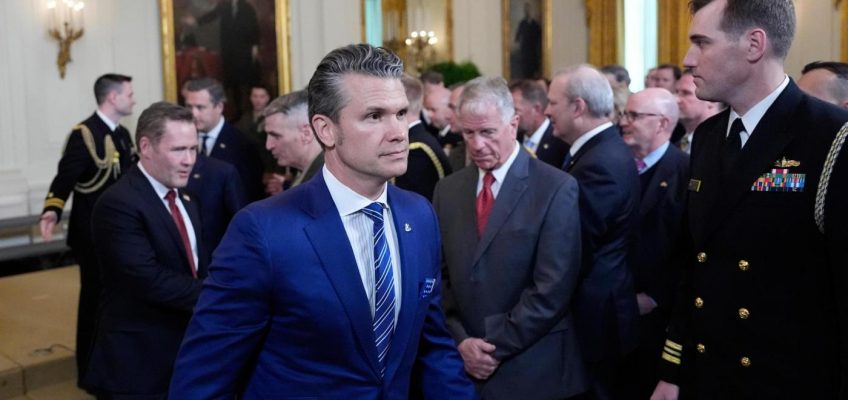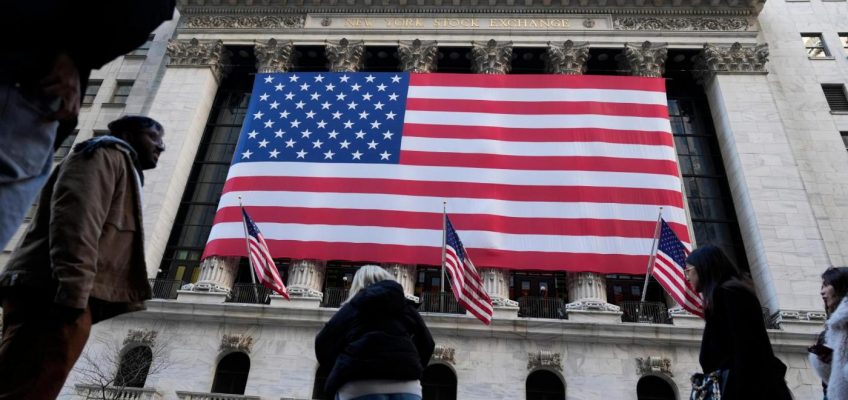Local Catholics will gather at noon today at the Cathedral of St. Paul to remember Pope Francis, who died at the age of 88 early Monday morning.
The Mass, which will be led by Archbishop Bernard Hebda, will be the first of the traditional nine Masses offered for the repose of his soul, according to a statement released by the Archdiocese of St. Paul and Minneapolis.
“It is with profound sadness that I learned this morning of the death of our Holy Father, Pope Francis,” Hebda wrote in a statement posted Monday morning. “Along with Catholics and men and women of good will throughout the world, I gave thanks to Almighty God for his life and example, and I pray with Easter hope for the repose of his soul.
“How providential that our loving God would call Pope Francis home just as we begin our 50 days of celebrating Christ’s victory over sin and death. I trust that he felt the comforting prayers of the world as he joined the crowd in St. Peter’s Square yesterday for the Church’s celebration of Jesus’ victory over sin and death. The Holy Father’s powerful Easter greeting, expressing his closeness to those experiencing the scourge of war and abandonment will be long remembered as his testament.
“I will be grateful to Pope Francis for assigning me to serve as the Archbishop of St. Paul and Minneapolis. I have fond memories this day of all the times that he assured me of his prayers for this Archdiocese.
“I ask you to join me in praying for the Holy Father, especially over the next nine days. I ask our pastors to open their Churches today for all desiring to offer their prayers for Pope Francis and for the Church that he so generously led.”
In 2016, Pope Frances gave Hebda the pallium – a band of white wool decorated with three black symbolic “nails” – that he wears “to symbolize our province’s connection and communion with the Successor of Peter,” he wrote in a reflection and call to prayer when it was announced in February that Pope Francis’ was in critical condition.
“The wool of the pallium always serves to remind the Pope and his brother archbishops that they are supposed to be like the good shepherd who goes in search of the lost sheep, while the nails remind them of the sacrifice that Jesus, the true Good Shepherd, offered for us on the cross, calling us to embrace sacrifice as well, always while drawing our strength from the cross,” Hebda wrote.
Francis, he wrote, was “experiencing the cross in a new way.”
Sen. Amy Klobuchar, D-Minn., called Pope Francis a “a voice for the voiceless.”
“The one time I saw him pray for and address the gathered at St. Peter’s Square, when he finished, he did what he always did — he greeted and blessed those with disabilities first,” she wrote in a statement posted on social media.
Related Articles
Global tributes pour in to honor Pope Francis after his death
What are the church’s rites after the death of a pope and the election of a new one?
Pope Francis dies at 88
A Scandia pastor overcame addiction. Now he confronts the stigma in a podcast aimed at faith communities.
After fire at St. Paul church, owner wants to secure steeple, return to ministering




